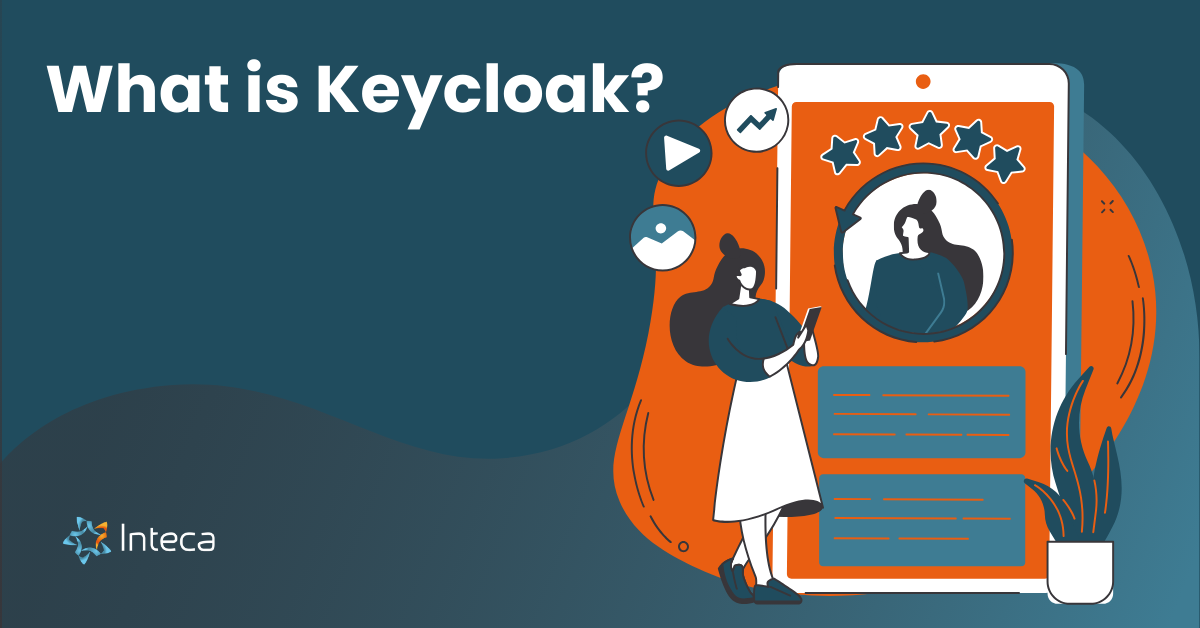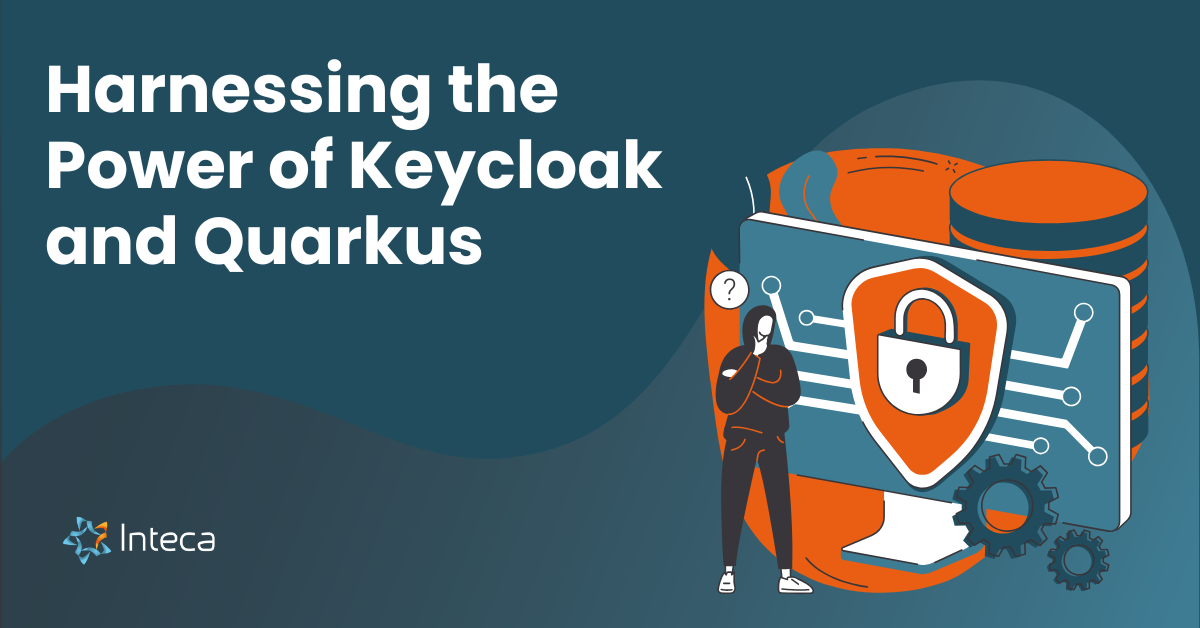Optimizing Identity Security with IAM Managed Services: A Comprehensive Approach

Identity and Access Management (IAM) is becoming increasingly crucial in the ever-evolving digital business landscape. Cyber threats are multiplying, data breaches are becoming common, and compliance requirements are intensifying. This rising trend necessitates a strategic shift in our approach to managing and protecting digital identities. One such shift is the adoption of IAM Managed Services.
In this article, we will delve into the significance of IAM in safeguarding digital assets, its role in business efficiency, scalability, and compliance. We aim to provide you with a comprehensive understanding of how IAM Managed Services optimize identity security and the benefits of partnering with an expert IAM managed service provider.
Introduction: The Rising Trend of IAM Managed Services
The digital revolution has brought forth numerous advancements, but with them comes the increasing complexity and risks associated with managing user identities. As businesses become more digital, the task of ensuring secure access to systems and data grows more challenging and essential. This environment has led to the increasing popularity of managed IAM services.
Managed IAM services are designed to help businesses safeguard their digital assets, streamline their operations, and enable scalability. These services take on the responsibility of managing the complex IAM functions, thus freeing up internal resources and ensuring the highest level of security.
The Big Trend: Embracing Managed IAM in an Increasingly Digital Business Landscape
In the modern business landscape, cyber threats are inevitable, and the importance of robust IAM systems is paramount. However, managing an effective IAM system can be a complicated and resource-intensive task. This is where IAM Managed Services come into play.
Businesses, especially startups and SaaS companies, are increasingly turning to IAM Managed Services. These services offer expertise in cybersecurity, frontend and backend development, service integration, Kubernetes, CI/CD, DevOps, microservice architecture, cloud development, and security. This comprehensive skill set, combined with agile development and 24/7 support, makes IAM Managed Services an attractive solution for businesses seeking to bolster their security while also improving their operational efficiency.
The Potential Pitfalls of Overlooking the IAM Trend: Risk, Inefficiency, and Inflexibility
Failing to adapt to the trend of Managed IAM Services can leave businesses exposed to various risks, including cyber threats, data breaches, compliance violations, and operational inefficiencies.
Without a robust and effective IAM system in place, unauthorized access, misuse of data, and other security incidents are more likely to occur. Such breaches not only result in financial losses but also damage a company’s reputation and customer trust.
Furthermore, in-house management of IAM can lead to operational inefficiencies. It involves significant time and resource investment, including employee training and system maintenance. This could be a strain for businesses, particularly those without dedicated IT departments.
Lastly, in the absence of a managed IAM solution, scalability can become a challenge. As a business grows, so does its user base and the need for secure access management. IAM Managed Services offer scalability, enabling businesses to seamlessly manage increasing users and access requirements.
In the next section, we will further explore the features and capabilities of Managed IAM Services and how businesses can harness their potential for improved security and efficiency.
Unlocking the Potential of Managed IAM Services
IAM Managed Services are the beating heart of modern cybersecurity infrastructure. With a focus on managed identity and access management, these services provide a critical line of defense against cyber threats, ensuring only authorized individuals can access sensitive digital assets. The power of these services isn’t just about security; they also play a significant role in boosting operational efficiency and enabling businesses to scale securely.
The Critical Role of Managed Identity Services in Securing Digital Platforms
A Managed IAM system’s fundamental role is to secure digital platforms by regulating access. With the rise of cloud-based platforms and digital business models, IAM Managed Services have become the shield and sword against cyber threats.
These services typically employ multi-factor authentication (mfa/2fa) for verifying users’ identities. This system adds an additional layer of protection, making it difficult for unauthorized individuals to gain access, even if they’ve acquired a user’s credentials. Additionally, IAM Managed Services also provide a managed service dashboard, offering visibility into user activities, monitoring logs, managing backups, and handling disaster recovery scenarios. This comprehensive oversight of the system boosts the security profile of a digital platform significantly.
IAM Managed Services are not a static defense. They are capable of evolving, learning, and adjusting to new threats and security situations. For example, they can be customized with custom extensions, SPI providers, and specific authentication flows to meet the unique security needs of an organization.
Efficiency and Scalability: The Twin Advantages of a Managed IAM Solution
Beyond security, IAM Managed Services offer operational efficiency and scalability – two factors critical to businesses in an increasingly digital landscape.
IAM Managed Services streamline the authentication and authorization process, which can often be complex and time-consuming. They leverage standardized protocols such as OpenID Connect and SAML 2.0, providing a seamless experience for users and administrators alike. This efficiency enables IT teams to focus on other critical tasks, improving the overall productivity of an organization.
Furthermore, a managed IAM solution is highly scalable, capable of supporting up to tens of millions of users. This scalability is critical in today’s dynamic business environment, where a company may need to rapidly expand or contract its user base in response to market changes or strategic shifts. Moreover, these services are deployable across different platforms – Kubernetes, on premises, or various cloud providers, ensuring that the system’s scaling capabilities align with the business’ evolving infrastructure requirements.
In summary, IAM Managed Services are a potent combination of security, efficiency, and scalability. These capabilities allow businesses to secure their digital platforms effectively, streamline their operations, and scale their infrastructure according to their needs. Choosing the right IAM Managed Services partner is a strategic move that can significantly impact a business’ security posture and operational efficiency.
Choosing the Right IAM Partner: Key Considerations
Choosing the right IAM managed services partner is a critical decision for organizations that want to enhance their identity and access management. There are several factors to consider, including expertise, infrastructure, compliance, scalability, and the capability to integrate seamlessly with existing platforms. The right partner can ensure a smoother transition to managed IAM, while the wrong choice can lead to additional risks and inefficiencies.
The Importance of Expertise, Infrastructure, and Compliance in Selecting an IAM Partner
Expertise in IAM Managed Services is crucial. Look for a provider with a proven track record, who can demonstrate their industry-specific expertise, particularly in fields like cybersecurity, frontend and backend development, service integration, and cloud development. The ideal partner should have comprehensive talent sets, including analysts, architects, developers, testers, integrators, and project managers, along with a proven record of delivering dedicated remote teams. Additionally, a provider offering 24/7 support and maintenance, as well as IT consulting on the IT Strategy level, will further solidify their credibility.
Infrastructure is another critical factor. Managed IAM providers should have access to the latest tools and technology to ensure seamless service. For example, Inteca’s Keycloak Managed Service comes with a managed service dashboard, enabling comprehensive monitoring, logging, backup, and disaster recovery, in addition to other key features such as multi-factor authentication (mfa/2fa) and custom extensions. The partner’s infrastructure should be flexible and scalable, able to adapt and grow with your organization’s needs.
Compliance is a third crucial factor in the selection process. Given the increased focus on data protection and privacy globally, it is essential that the managed IAM provider adheres to regulatory requirements like the General Data Protection Regulation (GDPR) in Europe. For example, the Keycloak Managed Service provided by Inteca adheres completely to GDPR, illustrating the kind of commitment to compliance you should expect from a potential IAM partner.
How the Right IAM System Helps Integrate Identity Management Across Platforms
A robust IAM system should provide seamless integration across different platforms. It’s particularly crucial for businesses that deal with multiple user authorization and authentication, and businesses that have multiple partners. A flexible IAM solution will provide authorization services, federation using SAML 2.0 identity providers, OpenID Connect Identity Providers, and the ability to integrate IAM with external user storage or applications.
The right IAM system is capable of supporting open source IAM solutions like Keycloak. This will provide your business with more flexibility and scalability, allowing you to expand and adapt as your requirements change. The right IAM partner will offer a dedicated team to customize Keycloak, thereby ensuring that the IAM solution is tailored to meet your business’s unique needs.
In summary, choosing the right IAM partner is a strategic decision that involves several key considerations. Expertise, infrastructure, compliance, and the ability to integrate across platforms should be among your top priorities. By carefully selecting the right partner, your organization will be well-positioned to reap the full benefits of IAM managed services.
Conclusion
As we’ve navigated the complexities of IAM Managed Services and their essential role in today’s digital business landscape, one thing is clear: managed identity and access management systems are a vital asset for any organization looking to optimize its digital security, operational efficiency, and scalability.
The Transformative Impact of IAM Managed Services on Business Security and Efficiency
IAM Managed Services aren’t just a trendy tech term; they represent a profound shift in how businesses safeguard their digital assets and streamline operations. Their benefits range from enhancing security through multi-factor authentication and access controls to reducing the burden on IT teams through monitoring and maintenance. This comprehensive approach empowers businesses to focus on their strategic goals while knowing their identity management is in expert hands.
Managed IAM systems also offer an unrivaled level of scalability. As businesses grow and their user base expands, the need for robust, scalable IAM solutions increases. IAM Managed Services are designed to grow with the organization, providing uninterrupted security while accommodating changing business needs.
The Strategic Advantage of Partnering with a Skilled IAM Managed Services Provider
Given the sophistication and evolving nature of cybersecurity threats, having a dedicated, skilled IAM Managed Services provider has never been more important. They bring to the table the expertise, the infrastructure, and the compliance knowledge that are critical to a robust IAM system.
A key advantage of partnering with a skilled IAM Managed Services provider lies in their ability to seamlessly integrate the IAM solution across platforms. With a partner like Inteca, businesses can leverage their industry-specific expertise and comprehensive talent set, gaining access to a dedicated remote team that understands cybersecurity, frontend and backend development, service integration, Kubernetes, ci/cd, DevOps, microservice architecture, cloud development, and security.
Such a partnership facilitates not just the implementation of a secure, scalable IAM solution, but also its ongoing management and evolution. It gives businesses access to 24/7 support, ensuring their IAM systems are continuously monitored and maintained to provide maximum security.
Moreover, the potential to customize solutions, such as Inteca’s Keycloak Managed Service, means that IAM can be tailored to fit the unique requirements of each organization. This level of customization and comprehensive support demonstrates the strategic advantage of having a skilled IAM Managed Services provider.
In summary, IAM Managed Services are not a luxury but a necessity for businesses seeking to secure their digital identities, enhance operational efficiency, and drive scalability. As our digital landscape continues to evolve, so too will the demands on IAM systems. Investing in a managed service and partnering with a skilled provider offers a robust, forward-thinking solution for navigating these ever-changing demands.
Remember, in the digital business landscape, security isn’t just about guarding the gates – it’s about managing who has the keys. In this regard, IAM Managed Services are your trusted keykeeper. With a strong IAM solution in place and a skilled partner by your side, you can face the future of digital business with confidence.






